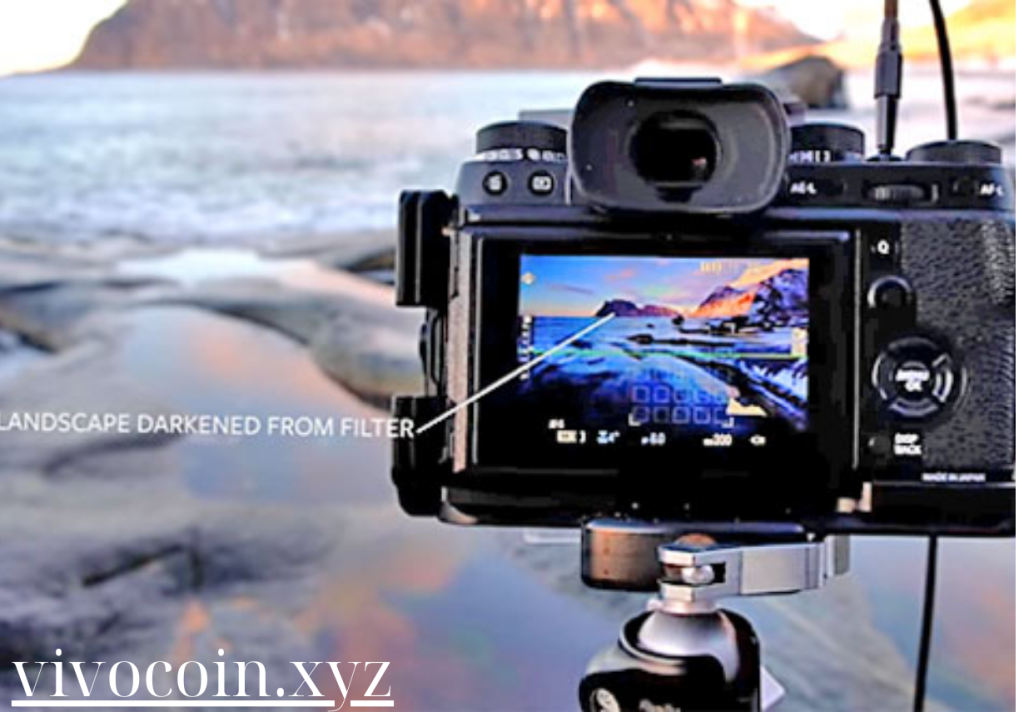NEWS
Photo Filters: How to Use Filters to Elevate Your Travel Images
Capturing the beauty of a destination is one of the most exciting parts of travel, but sometimes even the most stunning landscapes or cityscapes don’t translate as vibrantly on camera as they do in person. This is where photo filters come into play. Filters can transform your travel photos, enhancing colors, contrast, and mood to make your images look professional and compelling. Whether you’re shooting on a smartphone or a DSLR, the right filter can elevate your photos and help you tell a more captivating story through your images.
In this article, we’ll explore different types of photo filters, how to use them, and tips for choosing the best filter to enhance your travel photography.
Types of Photo Filters and How They Work
There are two main categories of filters: physical lens filters that attach to your camera lens and digital filters that you can apply in post-production or through apps. Both can dramatically impact your images and are used for different effects.
1. Physical Lens Filters
If you’re using a DSLR or mirrorless camera, you might opt for physical filters that attach directly to your lens. These filters serve both creative and technical purposes, from reducing glare to enhancing colors.
- Polarizing Filter: A polarizing filter reduces reflections and glare, especially on water and glass surfaces, and deepens the colors of skies and foliage. It’s ideal for landscape shots, as it makes colors pop and adds depth to your image by increasing contrast.
- ND (Neutral Density) Filter: ND filters reduce the amount of light entering the lens, allowing for slower shutter speeds or wider apertures even in bright conditions. This is perfect for long-exposure shots like waterfalls, oceans, or bustling streets, where you want to create a dreamy, motion-blurred effect.
- UV Filter: While its primary function is to protect your lens from dust and scratches, a UV filter also cuts out ultraviolet light, which can cause haziness in photos taken in bright sunlight.
- Graduated ND Filter: This is a variation of the ND filter where only part of the filter darkens, helping to balance the exposure between a bright sky and a darker foreground in landscape shots.
2. Digital Filters
Most of today’s travel photos are shot on smartphones or edited with digital tools, making digital filters incredibly popular. These filters can be applied via apps like Instagram, Lightroom, or VSCO to enhance your images with just a few taps.
- Color Filters: Digital color filters adjust the hues in your photo, bringing out specific tones or creating an overall mood. For example, warmer filters give a sunset a golden glow, while cooler filters enhance the blues of an ocean or the sky.
- Black and White Filters: Converting a photo to black and white can add a timeless or dramatic feel to an image. These filters emphasize contrast, texture, and composition by stripping away color.
- Vintage or Film Filters: These filters mimic the look of old film photography, adding grain, faded colors, or light leaks to give your images a nostalgic, retro vibe.
- HDR (High Dynamic Range) Filters: HDR filters help balance the highlights and shadows in an image, making details more visible in both bright and dark areas. This is especially useful for landscape or cityscape shots where you want to capture a wide range of light.
Tips for Using Photo Filters to Enhance Travel Photography
1. Enhance Colors Naturally
One of the most common reasons for using a filter is to enhance colors in a way that feels true to the moment. When applying filters, avoid over-saturating the colors, as this can make the image look unnatural. Use filters that boost the vibrancy of blues in the sky or greens in nature without altering the image’s overall tone.
For example, when shooting beach photos, you can use a polarizing filter or a digital filter that emphasizes the natural blue tones of the ocean, creating a clean, refreshing look.
2. Create a Consistent Aesthetic
When sharing your travel photos on platforms like Instagram, consistency is key. Using the same or similar filters across multiple images helps create a cohesive visual style. This is particularly useful if you’re curating a travel blog or social media account.
Apps like VSCO and Lightroom allow you to save filter presets, so you can easily apply the same filter to different photos and maintain a consistent aesthetic. Whether you prefer a warm, sun-kissed look or a more muted, film-inspired style, sticking to a theme makes your travel photos instantly recognizable.
3. Use Black and White for Impact
If you want to highlight textures, contrast, or strong compositions, try using black and white filters. Black and white photography strips away the distractions of color, allowing the viewer to focus on the subject, lines, and shadows.
This approach works particularly well for architectural photography or candid street shots where the play of light and shadow creates drama. It can also add a sense of timelessness to your travel images, making them feel classic and evocative.
4. Capture Motion with ND Filters
Long-exposure photography is a stunning way to capture movement in nature or busy urban environments. By using a neutral density (ND) filter, you can slow down your shutter speed to blur moving elements like waves, waterfalls, or crowds of people, while keeping the rest of the image in sharp focus.
This technique is ideal for travel photography, as it allows you to convey the dynamic energy of a location, whether it’s a bustling street in Tokyo or a serene waterfall in Iceland.
5. Balance Light with HDR Filters
When shooting landscapes or cityscapes, you often encounter situations where parts of the image are too bright (such as the sky) while others are too dark (like buildings or trees). Using an HDR filter helps you balance the exposure, ensuring that both the highlights and shadows are properly lit without losing detail.
Many smartphones now have built-in HDR modes that automatically apply this effect, or you can adjust the balance manually using photo editing apps.
6. Experiment with Vintage Filters for Character
If you want to add character and atmosphere to your travel images, try experimenting with vintage or film-inspired filters. These filters mimic the look of classic film photography, adding grain, faded colors, and subtle imperfections that give your photos a nostalgic feel.
Vintage filters are perfect for capturing the charm of historical cities, old architecture, or rural landscapes. They evoke a sense of timelessness and can help tell a more emotional or romantic story through your travel photos.
Best Apps for Applying Filters to Travel Photos
Whether you’re using a smartphone or editing on a computer, there are several apps that offer a wide range of filters to enhance your travel photos:
- VSCO: Known for its high-quality, film-like filters, VSCO is popular among photographers who want to achieve a more artistic look. The app also allows you to adjust settings like exposure, contrast, and saturation to fine-tune the effect.
- Lightroom: Adobe Lightroom offers powerful editing tools and a vast selection of customizable filters. You can create and save your own presets, making it easy to apply a consistent look across your photos.
- Snapseed: Google’s Snapseed is a free, user-friendly app with a range of filters and advanced editing tools. It’s great for quick edits on the go.
- Instagram: While Instagram’s built-in filters may be limited compared to other apps, they’re easy to use and perfect for quick edits before sharing your travel photos with the world.
Conclusion: Elevate Your Travel Photography with Filters
Whether you’re exploring tropical beaches, bustling cities, or remote mountains, using filters can enhance your travel images and help you capture the essence of a destination. From polarizing filters that intensify colors to digital filters that create a cohesive aesthetic, filters offer endless possibilities for creative expression. By experimenting with different techniques and tools, you can elevate your travel photography and create stunning images that tell a compelling visual story.

